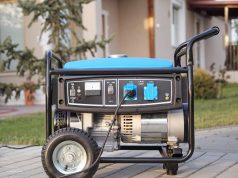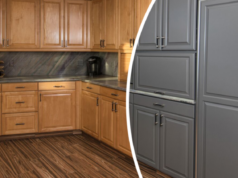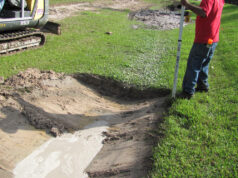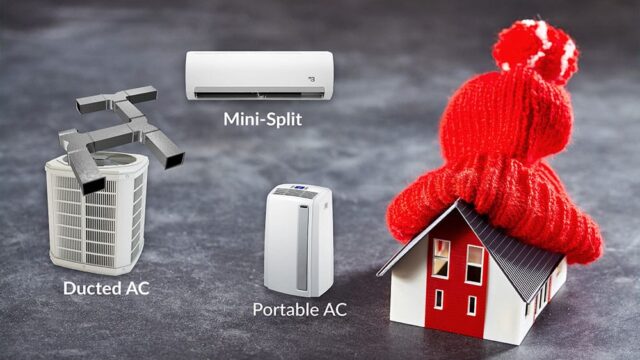
Welcome to the world of heat pumps, where comfort meets sustainability. Heat pumps are energy-efficient marvels that can both warm and cool your home. Unlike traditional heating and cooling systems that rely on burning fossil fuels, heat pumps transfer heat from one place to another, making them eco-friendly and cost-effective.
Basics of Heat Transfer and Operation
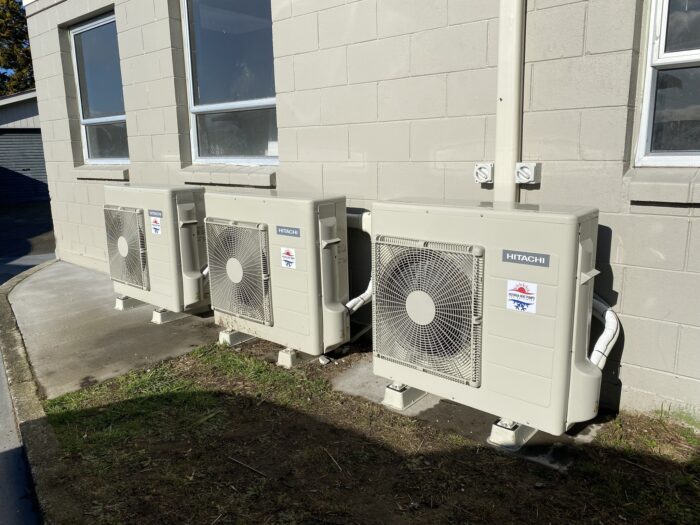
At the heart of every heat pump, including heat pump Rotorua, is the fundamental principle of heat transfer. They use a refrigeration cycle to move warmth from the outdoor air or ground into your home during winter and remove warmth from your home during summer. This ingenious process relies on a compressor, evaporator, condenser, and refrigerant, allowing warmth pumps to work efficiently year-round.
Air Source, Ground Source, and Ductless Systems
Heat pumps come in various flavors, each catering to different needs. Air-source warmth pumps extract heat from the outside air, while ground-source (geothermal) warmth pumps tap into the stable temperature of the earth. Ductless mini-split systems offer versatile, room-by-room control without the need for ductwork.
Efficiency Ratings: Understanding SEER, HSPF, and COP for Performance
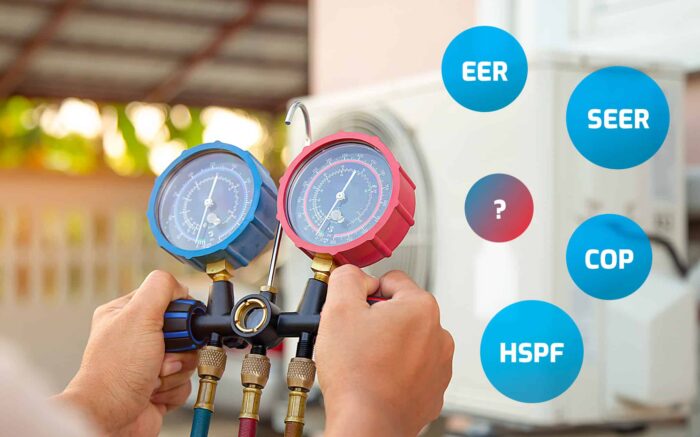
Efficiency ratings are the yardstick by which warmth pump performance is measured. Understanding SEER (Seasonal Energy Efficiency Ratio), HSPF (Heating Seasonal Performance Factor), and COP (Coefficient of Performance) is pivotal in making an informed choice.
SEER, typically used for cooling efficiency, quantifies how effectively a heat pump cools your space. The higher the SEER rating, the more efficiently it operates, saving you money on cooling costs.
HSPF focuses on heating efficiency. It measures how efficiently a warmth pump provides warmth during the winter. A higher HSPF indicates better heating performance, crucial for cold climates.
COP, on the other hand, evaluates overall efficiency. It’s the ratio of heat output to energy input, encompassing both heating and cooling seasons. A COP above 1.0 signifies that the warmth pump produces more energy than it consumes in electrical energy.
Cost Savings, Eco-Friendliness, and Comfort
Investing in a warmth pump pays dividends. Lower energy bills, reduced carbon footprint, and consistent indoor comfort are just a few of the benefits. They are eco-friendly alternatives that align with the growing need for sustainable heating and cooling solutions.
Factors to Consider for the Right Fit
Selecting the right-sized warmth pump is crucial for optimal performance. Factors such as climate, insulation, and your home’s square footage all influence the size of the warmth pump you need. Oversizing or undersizing can lead to inefficiencies and discomfort.
Installation and Maintenance: Professional vs. DIY and Upkeep Tips
Installing a heat pump requires technical expertise. While some DIY enthusiasts may be tempted to tackle the job, it’s often best left to professionals to ensure safety and efficiency. Regular maintenance, including cleaning filters and checking refrigerant levels, is essential to keep your warmth pump running smoothly.
Maximizing Efficiency: Tips for Optimizing Heat Pump Performance
To make the most of your heat pump, implement energy-saving practices. Set the thermostat to an efficient temperature, seal any drafts, and use zoning to direct warmth where it’s needed. Additionally, consider supplementing them with other heating methods during extreme cold snaps for peak efficiency.
Troubleshooting Common Issues: Diagnosis and Simple Fixes
No system is flawless, and they are no exception. Understanding common issues like insufficient heating or cooling, strange noises, or ice buildup can help you diagnose problems early. Simple fixes, such as cleaning coils or changing filters, can often resolve these issues.
Proper Care and Longevity Strategies
With proper care, they can provide reliable heating and cooling for many years. Regular professional maintenance, protecting it from extreme weather, and avoiding overuse during temperature extremes are all steps to extend its lifespan and protect your investment.
The Green Credentials
They are inherently eco-friendly. Unlike traditional heating systems, they don’t burn fossil fuels or release greenhouse gases into the atmosphere. This means that using it for heating and cooling reduces your carbon emissions, helping combat climate change. As our power grids shift toward cleaner energy sources, the environmental benefits become even more pronounced.
Reducing Dependence on Fossil Fuels
The adoption plays a crucial role in reducing our dependence on fossil fuels. In many regions, heating and cooling systems are powered by natural gas or oil, which not only contribute to carbon emissions but also pose supply chain and price volatility risks. By transitioning to warmth pumps, we can reduce our reliance on these finite and environmentally harmful resources.
Renewable Energy Integration
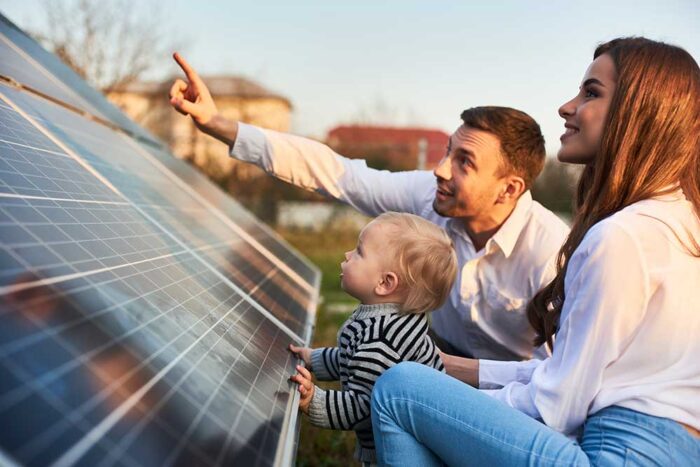
Together with renewable energy sources like solar panels and wind turbines, warmth pumps may produce more electricity. They may function with significantly reduced carbon emissions when coupled with these green energy solutions. They can be powered by extra electricity produced by renewable energy sources, storing energy in the form of heat or cold air for later use. The sustainability of the heating and cooling processes is maximized by this combination.
Government Incentives and Rebates
Many governments worldwide are actively promoting the adoption through incentives and rebates. These financial incentives aim to encourage homeowners and businesses to switch to technology. By taking advantage of these programs, you not only reduce your initial investment but also contribute to a larger-scale reduction in carbon emissions.
R-32 Refrigerant: A Step Towards Sustainability
Refrigerants used in they have also been a focus of environmental concern. Traditional refrigerants like R-22 have a high global warming potential (GWP), contributing to climate change when leaked. Newer refrigerants like R-32 have a lower GWP, making them a more environmentally responsible choice. Many modern warmth pumps now use R-32, further enhancing their green credentials.
Conclusion
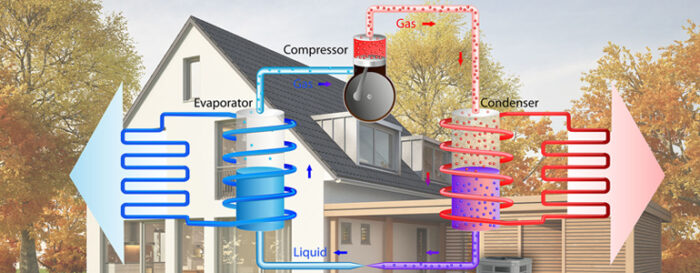
In conclusion, they are the future of home comfort and environmental responsibility. Their efficient operation, diverse types, and eco-friendly benefits make them a top choice for homeowners. By understanding how they work, their benefits, and the importance of proper care and maintenance, you can maximize their efficiency and contribute to a more sustainable future.
So, whether you’re considering a warmth pump for your home or seeking ways to improve your existing system, this comprehensive guide has equipped you with the knowledge needed to make informed decisions and embrace the warmth and coolness of a more sustainable tomorrow. They aren’t just a heating and cooling solution; they’re a step toward a greener, more efficient world.


